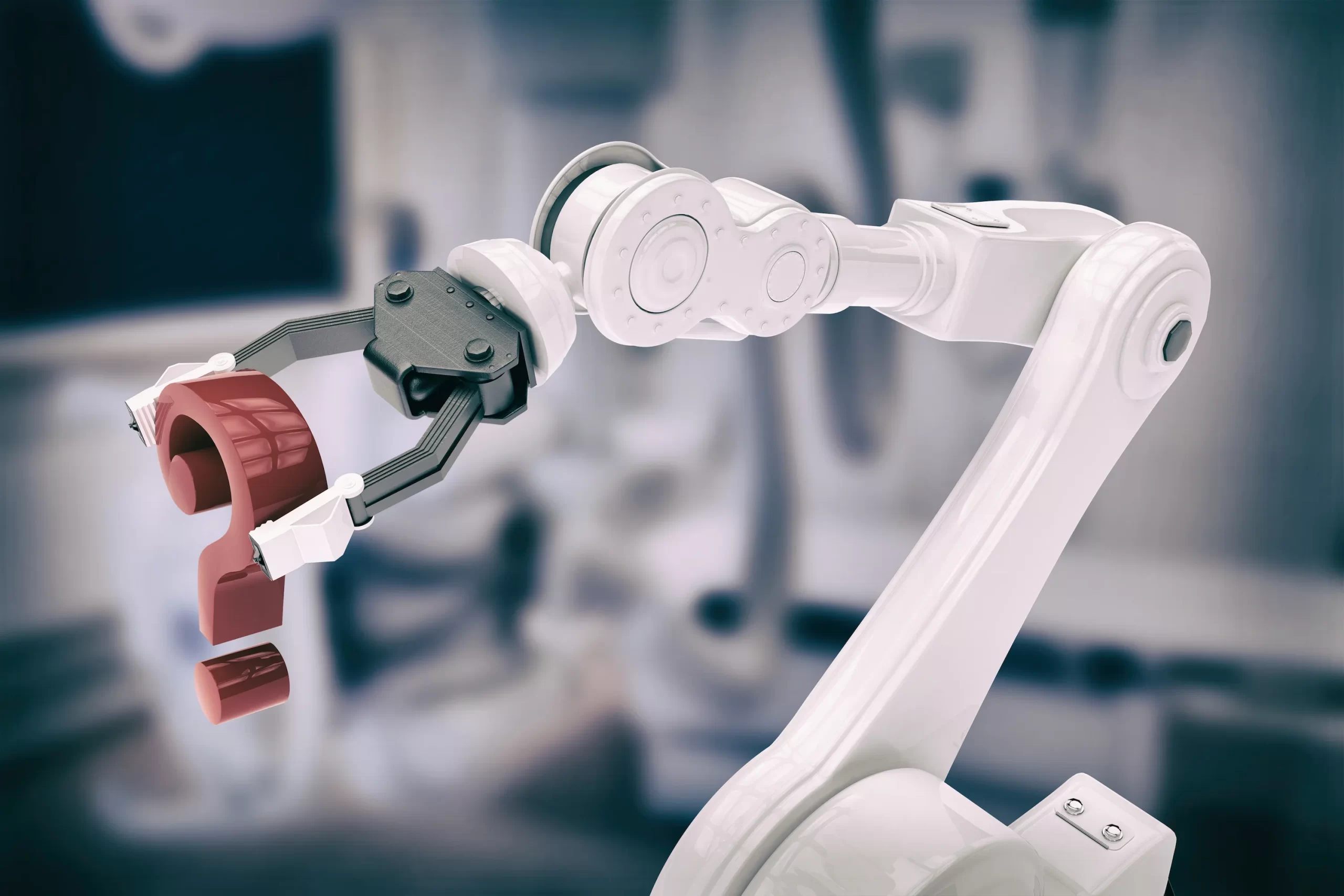As the Fourth Industrial Revolution continues to transform our world, robotics, and automation are becoming increasingly commonplace in businesses of all sizes. With new technologies making their way into workplaces, conversations about the future of work are gaining steam. It’s no secret that machines are drastically changing job roles and career paths, rapidly rendering much manual labor obsolete – but they’re also creating brand-new opportunities for many people around the globe.
In this insightful article, we’ll take a deep dive into how robotics is revolutionizing the workforce today, from upskilling employees to improving retention rates among employers to automating tasks and eliminating mundane jobs through AI-driven applications.
Overview of the robotics revolution – what it is and why it’s happening
The robotics revolution is rapidly evolving and revolutionizing the way the world operates. With its roots dating back several years, robotics has experienced significant technological advancements, propelling the field into uncharted territories. Automotive robots, for instance, have brought about a more efficient and expedited manufacturing process and significantly enhanced safety measures. However, the impact of robotics extends far beyond the automotive industry.
From medicine to engineering, robots are making remarkable contributions and transforming various sectors of society. These technological marvels enable unprecedented precision, accuracy, and innovation, paving the way for a future where humans and robots collaborate seamlessly to achieve remarkable feats.
With major companies like Amazon and Walmart investing heavily in robotics, it’s clear that the robotics revolution is here to stay. It’s an exciting time for innovation and growth, happening right before our eyes.
The implications of the robot revolution
The implications of the robotics revolution are far-reaching and touch upon all aspects of the workforce. With an increasing number of tasks being automated, there is a fear that jobs will become scarce and unemployment rates will rise. However, this fear is not entirely justified, as the same technology driving automation also creates new job opportunities in data analysis, programming, and system maintenance.
Furthermore, robotics and automation can also help upskill employees, making them more valuable and versatile. By automating mundane tasks, employees can focus on higher-level tasks that require critical thinking and creativity. It leads to a more engaged workforce and improved productivity for businesses.
How to adapt to this changing workforce landscape through retraining, technology adoption, and more
To adapt to the changing workforce landscape, businesses and employees alike must be open to embracing new technologies and upskilling themselves. Technology adoption can help streamline processes and increase efficiency, while retraining can provide employees with new skills relevant to the age of robotics and automation.
At the same time, governments and organizations need to invest in education and training programs to ensure that people are equipped with the necessary skills to thrive in this new era. It includes technical skills and soft skills such as adaptability and critical thinking.
How businesses can take advantage of the robotics revolution by utilizing technologies like automation, AI, and machine learning
Businesses can leverage the robotics revolution by seamlessly integrating cutting-edge technologies such as automation, AI, and machine learning into their operations. By embracing these advancements, companies can unlock a multitude of benefits.
Automation, for instance, can significantly enhance efficiency and streamline processes in various areas, including supply chain management, customer service, and production. The ability to automate repetitive tasks not only saves time but also reduces costs, allowing businesses to allocate resources more strategically. Moreover, AI and machine learning can revolutionize data analysis by swiftly processing vast information. It empowers businesses with valuable insights and predictive analytics, enabling them to make well-informed decisions and stay ahead of the competition.
Businesses can cultivate an agile and adaptable workforce by embracing the robotics revolution. It enables employees to focus on higher-value tasks, fostering a culture of innovation and growth. Human talent can be harnessed for creativity, problem-solving, and relationship-building as mundane tasks are delegated to machines.
Tips for success when transitioning to a robotic workforce
Transitioning to a robotic workforce can be challenging, but there are specific tips that businesses can follow to ensure success and avoid common pitfalls. These include having a clear plan and strategy, involving employees in the transition process, regularly evaluating and updating procedures, and providing proper employee training.
It’s also essential for businesses to communicate openly with their employees about the changes and how the implementation of robotics will benefit them in the long run. Companies can ensure a smooth transition to a robotic workforce by having a well-thought-out plan and keeping employees informed.
Conclusion
The robotics revolution is not just about machines taking over jobs – it’s about creating new opportunities, improving efficiency, and driving innovation. Embracing this revolution requires open-mindedness, adaptability, and a willingness to learn and evolve continuously. By utilizing technologies like automation, AI, and machine learning, businesses can stay ahead of the curve and create a brighter future for their employees and themselves. So, let’s embrace this revolution together because the future of work is here – and it’s full of exciting possibilities.




